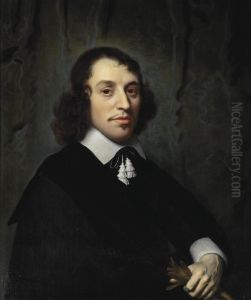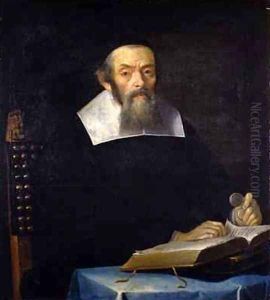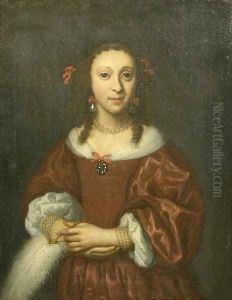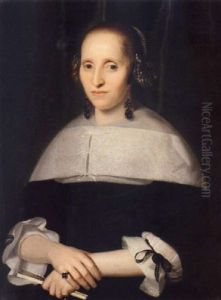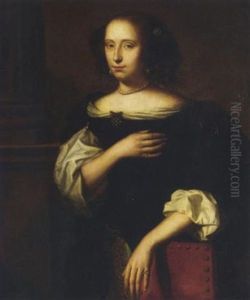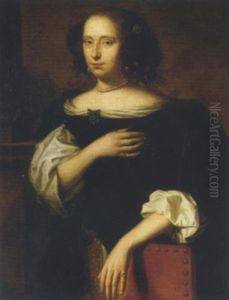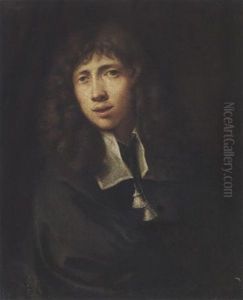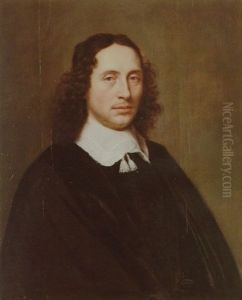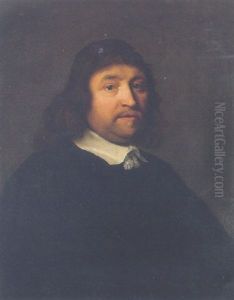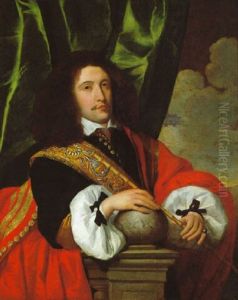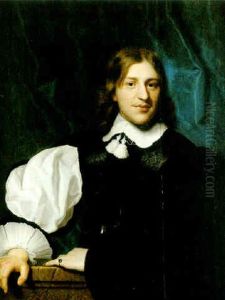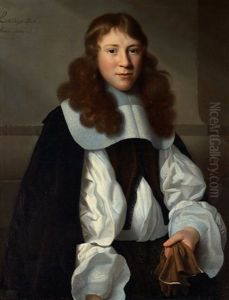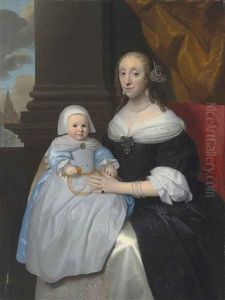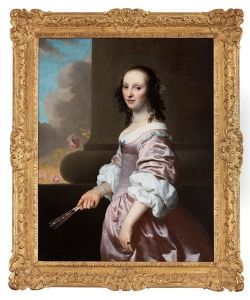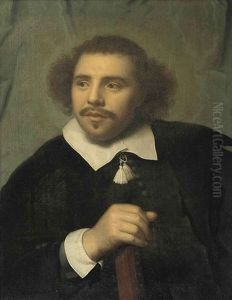Isaac Luttichuys Paintings
Isaac Luttichuys was a Dutch Golden Age painter born in London to Dutch parents in 1616. Despite being born in England, he is primarily associated with the Dutch painting tradition, as his family moved back to the Netherlands while he was still young. They settled in Amsterdam, where Isaac would eventually develop his artistic career. His brother, Simon Luttichuys, was also a painter, and the two may have collaborated or influenced each other's work.
Isaac Luttichuys is best known for his portraiture, through which he earned a reputation for his elegant style and his ability to capture the likeness and character of his sitters. His portraits are characterized by their sophisticated use of light and shadow, a technique that reflects the influence of leading portraitists of his time, such as Thomas de Keyser and Dirck van Baburen. Luttichuys' work also shows the influence of Flemish painters, particularly in the richness of texture and color.
During his lifetime, Luttichuys enjoyed considerable success and produced portraits for wealthy burghers, regents, and merchants. His portraits often featured the sitters in opulent attire, surrounded by symbols of their wealth and status, a convention popular in Dutch portraiture of the period. Despite his success as a portraitist, there is little documentation of his life, and he did not leave behind any known pupils or a significant school of followers.
Isaac Luttichuys' works are held in various museum collections, including the Rijksmuseum in Amsterdam and the Hermitage Museum in Saint Petersburg. His paintings are appreciated for their contribution to the Dutch portraiture tradition and offer valuable insights into the society and culture of the 17th-century Dutch Republic. Luttichuys passed away in Amsterdam in 1673, leaving behind a legacy of refined and elegant portraiture that remains appreciated by art historians and collectors.





